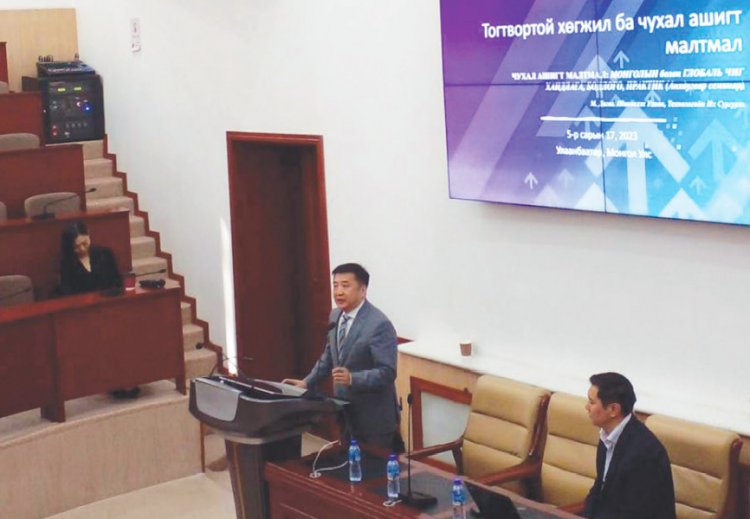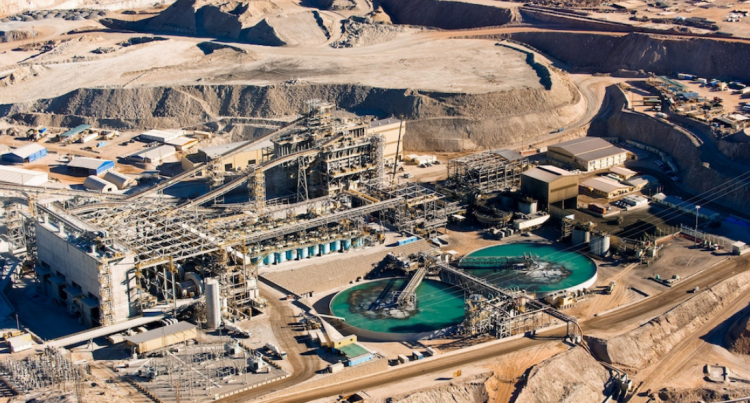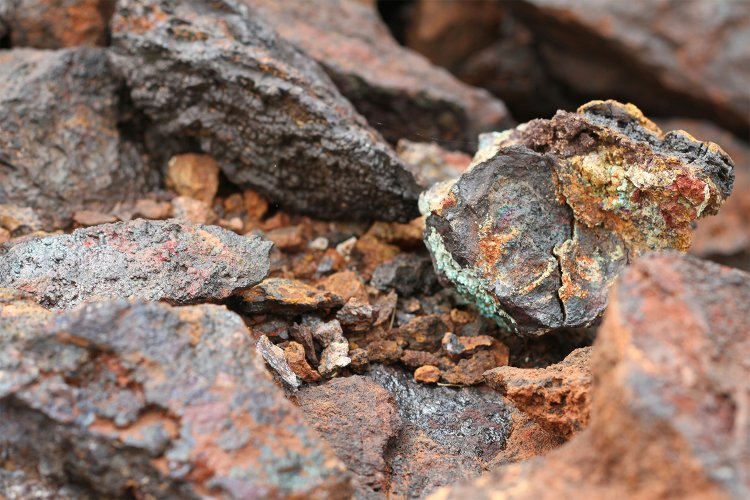 Here are some selected parts of the speech delivered by Dagva.M, the head of the Critical Mineral Association of Mongolia and a professor at the "Mongolian University of Sciences and Technology" (MUST) during the inaugural seminar titled "Critical Minerals: Mongolia and Global Trends, Policies, and Practices."
Here are some selected parts of the speech delivered by Dagva.M, the head of the Critical Mineral Association of Mongolia and a professor at the "Mongolian University of Sciences and Technology" (MUST) during the inaugural seminar titled "Critical Minerals: Mongolia and Global Trends, Policies, and Practices."Initially introduced in the United States for defense purposes, the significance of critical minerals has expanded over the years. Since the mid-1980s, developed nations, including Japan and the European Union, have faced a growing scarcity of minerals. This scarcity has extended beyond defense requirements and encompassed areas such as renewable energy, high technology, and green energy, aligning with the principles of sustainable development. It is now evident that critical minerals have evolved into a global concern rather than being confined to a single country. The keyword "critical mineral" is indispensable for modern technology, facilitating the transition to a green economy. Disruptions in their supply chain can potentially lead to economic collapse or stagnation in certain countries. The international focus on critical minerals has intensified due to major countries revising their lists of such minerals since 2021.
Including new critical minerals in one's strategy has become a prevalent trend. Failing to acknowledge this can create an impression of being out of touch with the current discourse.
Currently, the extraction, beneficiation, separation, and treatment of critical minerals are primarily concentrated in three countries: China, Australia, and the United States. This concentration poses a significant risk. In response, governments are implementing measures based on their respective capabilities to mitigate this risk. In the case of Japan, diplomatic efforts are underway to secure reserves of critical minerals. On the other hand, the United States aims to disrupt the current situation with limited players. This objective is being pursued by the State Department in tandem with the development of the domestic economy. Last year, the Inflation Reduction Law was enacted, specifically targeting industries that transition to green energy while simultaneously creating job opportunities within the United States. The required raw materials for these industries will be sourced domestically or from countries that have Free Trade Agreements with the United States. Moreover, a trade agreement on critical minerals was signed with Japan in March, despite the absence of a free trade agreement between the two countries. This outlines the actions taken by the United States in this regard. These developments are raising concerns in other countries like Japan and South Korea.
The inflation reduction law includes a USD 7,500 discount for U.S. citizens purchasing electric cars. However, by 2027, 40 percent of electric car components, including batteries, must originate from the United States or countries that have agreements with the United States. This percentage is expected to increase further by 2030. Similarly, tax credits are available for solar panels and wind turbines manufactured in the United States or imported from treaty countries. These provisions specifically impact the automotive, solar, and wind energy sectors. The policy adopted by a major power like the United States has the potential to influence the global stock market. During the PDAC-2022 meeting, the United States made a clear announcement regarding its intention to disrupt the critical minerals market. As a result, numerous countries are closely monitoring the actions and implications of the United States in this regard.
Will Mongolia, too, announce its list of critical minerals? This raises the question of whether such an action is in line with the practices of developed countries. While it may have been true before 2020, the situation has since evolved. Last year, both Canada and Australia made significant announcements regarding the minerals they consider critical, with copper even being included. This suggests the existence of a pressing issue. Moreover, they boldly declared their alignment with the United States on this matter. Japan, the United States, the EU, China, the United Kingdom, and South Korea, as the producers of the final products, are directing the resources derived from Australia, Canada, and the Congo towards themselves. Conversely, the mining countries are often treated as if they lack the capability to engage in production themselves. As a result, countries like Congo and Zambia have initiated discussions about venturing into battery production. This has garnered the attention of countries that rely on these mining countries as resource suppliers, as they strive to maintain these relationships.
Given this landscape, it seems that Mongolia has the potential to actively participate in the critical minerals sector. Regarding how Mongolia can participate, it possesses favorable geological conditions.
However, discussions about this potential have been ongoing for the past 15 years without significant progress. Research conducted by Japan reveals that for exploration (including lithium), Chile, and Argentina are prominent, while Indonesia, Australia, and Brazil are notable for nickel. In the case of cobalt, Congo, Australia, and Cuba play significant roles, while South Africa and Brazil are key players in manganese production. As for rare earth elements, China, Brazil, and Vietnam are among the countries known for their deposits. However, Mongolia is noticeably absent from these discussions, both in terms of exploration, extraction, separation, and processing of critical minerals. This omission does not stem from a deliberate exclusion of Japan, the EU, the US, or China from this arena. It simply reflects the current reality where Mongolia's presence and participation in this sector are not substantial. To create the critical minerals list, it is crucial to determine the timeline for the steps involved. A key consideration is whether these steps should be taken before or after 2030, considering the emphasis on transitioning to a green economy, which has been closely associated with critical minerals.
The global shift toward a green economy is expected to occur in four stages: 2030, 2040, 2050, and 2060. Countries with advanced development, technology, and financial resources will strive to accomplish as much as possible before 2030. It is believed that significant strategic investments aimed at achieving goals by 2050 will be completed by 2030. Therefore, we aim to engage in diplomatic negotiations to attract investments from these countries before 2030. However, it is important to note that the transition to a green economy can occur at any time. We must acknowledge that we have passed 2015- 2020 without noticing the significant opportunities in front of us. Nevertheless, there is still a possibility to participate in the distribution of resources, ideally before 2025. Our initial objective is to commence the process of digitalizing the national critical mineral database starting this year. Additionally, given that critical minerals have gained prominence in the foreign policy agendas of countries like Japan and the United States, it is imperative for us to assign diplomats to handle critical mineral-related matters.
This will ensure that we have dedicated personnel actively engaging with this issue at the diplomatic level.
Our country cannot align itself directly with the United States as Australia and Canada have done. Instead, our foreign policy should strive to find harmony among nations. It is within the framework of this traditional foreign policy that we should develop and discuss our critical mineral foreign policy with other countries. The progress of the critical minerals industry heavily relies on successful diplomacy in this field. The lack of license renewals for sites like Bald Eagle, Twisted Well, and Lugi River since the 2000s can be attributed to the absence of an adequate diplomatic response. While it is unlikely that major countries will change their geostrategic priorities for just one or two mineral deposits, showcasing digitalized data can significantly alter the dynamics. As a result, the issue of critical minerals has become the foremost concern in Mongolia's foreign relations.
Mining Insight Magazine, May 2023


























